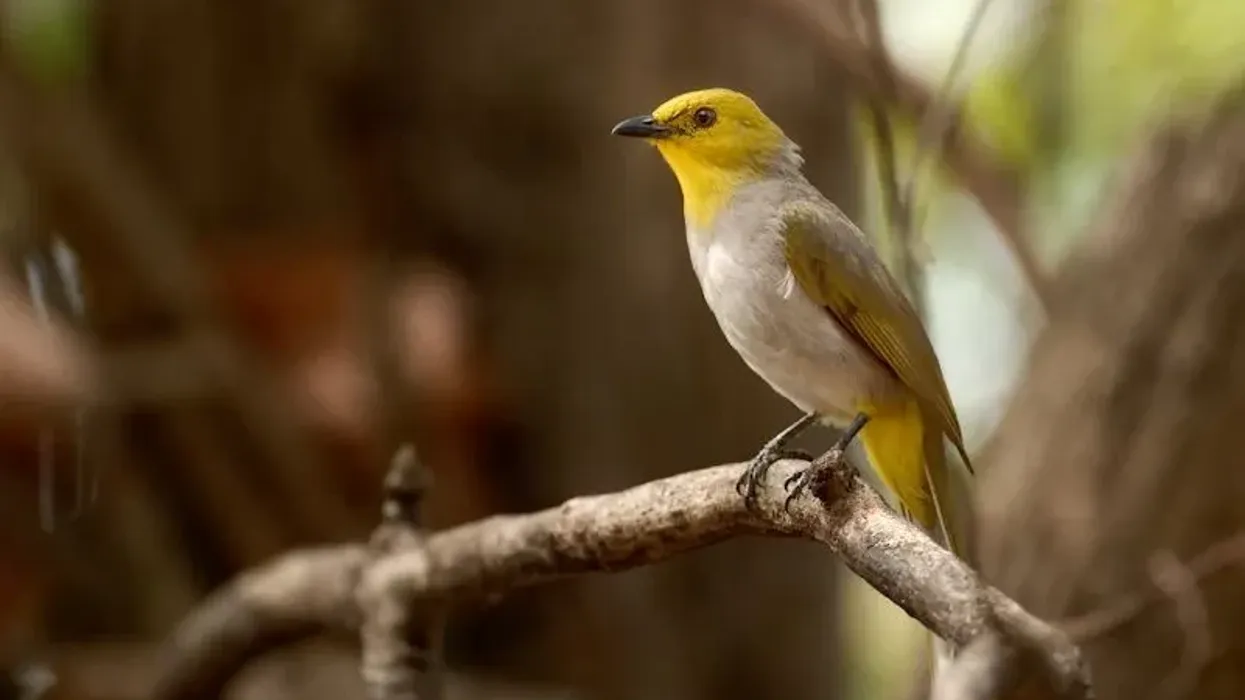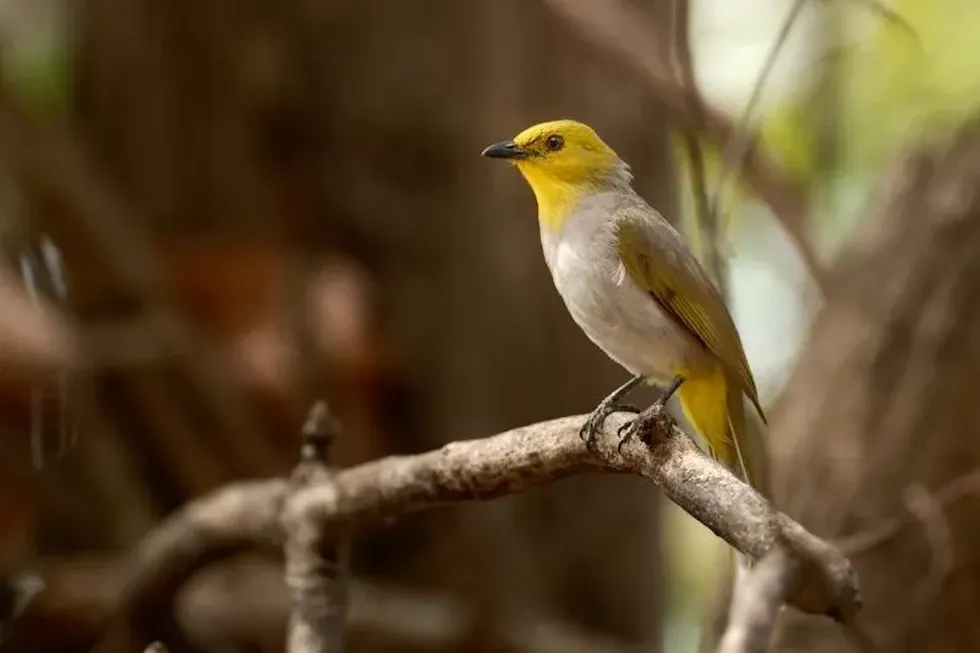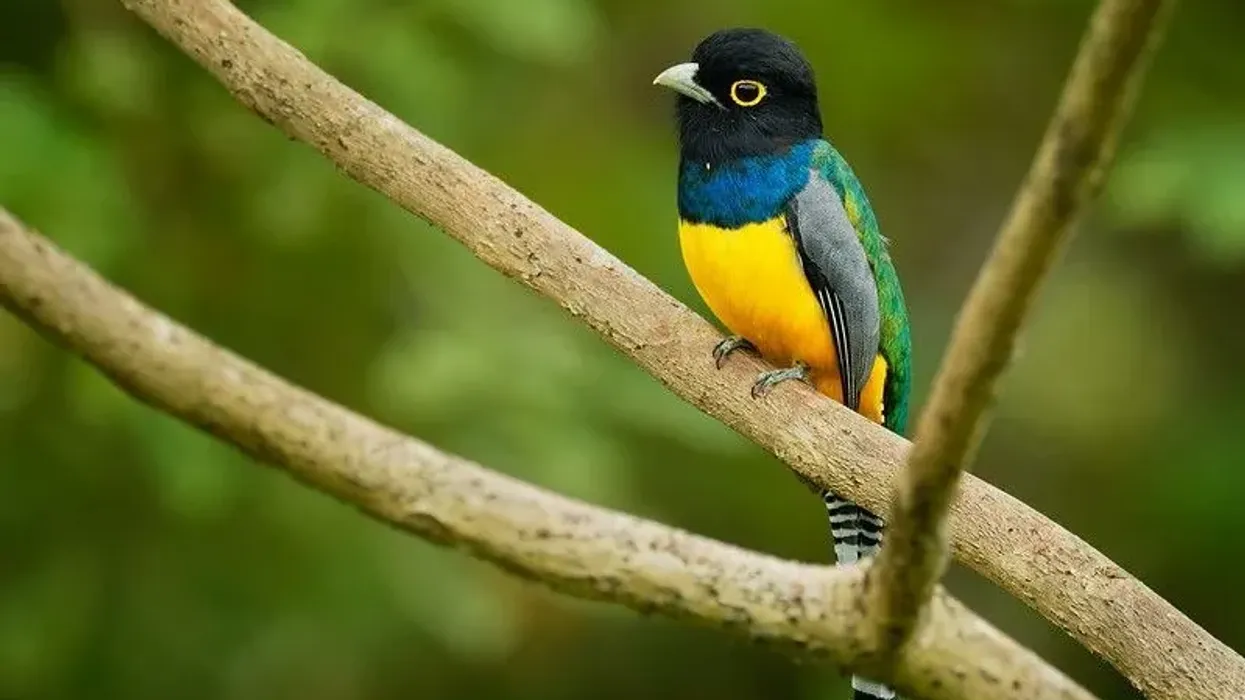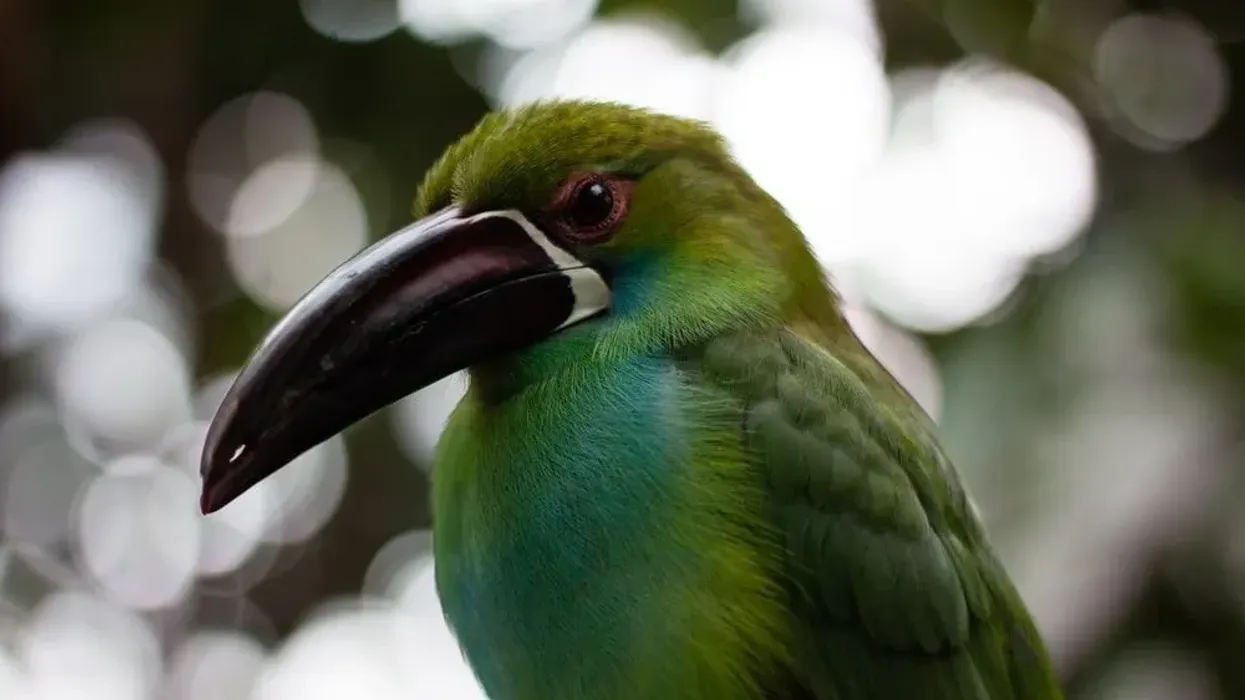The yellow-throated bulbul (Pycnonotus xantholaemus), also known as the yellow-eared bulbul, belongs to the Pycnonotidae family, genus Pycnonotus. This species is monotypic in its genus and is endemic to southern peninsular India, usually found hidden within the dry scrub due to its shy nature.
These birds are sometimes confused with the white-brown bulbul, due to their similar appearance and they share the same habitat.
This species was originally classified under the genus Brachypus (Synonym: Pycnonotus) by Thomas Jerdon and later it was reclassified under the genus Ixos due to the similar appearance of the other species but again it was reclassified under the genus Pycnonotus as a monotypic species.
This species is endemic to the regions of south India distributed in highly fragmented habitats along the western ghats of peninsular India and the eastern ghats of Orissa. This species is a resident breeder they do not migrate, they prefer a habitat with rocky scrub on the hilly regions.
Few popular locations where you can find these species are Horsley Hills, Yercaud, Nandi Hills, Gingee, and Biligitangans.
If you liked these true facts about yellow-throated bulbul, then you'll surely like these facts about umbrellabirds and blue jays too!
Yellow-Throated Bulbul Interesting Facts
What type of animal is a yellow-throated bulbul?
Yellow-throated bulbuls (Pycnonotus xantholaemus) belong to the order Passeriformes and are shy birds, unlike the red-vented bulbul from the same family, it can usually be found close to the dry scrub foraging for insects, nectars, and berries.
What class of animal does a yellow-throated bulbul belong to?
The yellow-throated bulbul (Pycnonotus xantholaemus) belongs to the order Passeriformes, a songbird from the class of Aves.
How many yellow-throated bulbuls are there in the world?
Due to the rapid decline in their population, there are only 2,500-10,000 individual yellow-throated bulbuls left in the world.
Where does a yellow-throated bulbul live?
The yellow-throated bulbul (Pycnonotus xantholaemus) are endemic to India where they are found in the habitats with rocky and steep hilly regions of the southern peninsular, Eastern Ghats, and a few regions of the Western Ghats.
These birds are locally distributed and the yellow-throated bulbul range map around the east and south India such as eastern Karnataka, Goa, southern Andhra Pradesh, Kerela, Orissa, and Tamil Nadu.
What is a yellow-throated bulbul's habitat?
The yellow-throated bulbul (Pycnonotus xantholaemus) prefers a habitat with dwarf vegetation and dry scrub forest in the hilly regions. These yellow-throated bulbuls are usually found hidden within the dry scrub as they are extremely shy in nature. They build their nest in the bifurcate of small trees next to a huge boulder which is safeguarded by overhanging bushes.
Who do yellow-throated bulbuls live with?
The yellow-throated bulbul (Pycnonotus xantholaemus) are monogamous and will pair with a single partner for life, these birds are usually found in pairs.
How long does a yellow-throated bulbul live?
The average lifespan of yellow-throated bulbul in the wild is between 10-14 years.
How do they reproduce?
The breeding season for yellow-throated bulbul begins in the month of June and ends in August. These birds are monogamous and will pair for life with their partners, they choose their partners by singing duets and preening ceremonies during the breeding season.
During the breeding season, once these birds form a pair, the yellow-throated bulbul female builds its nest which takes 8-10 days to complete and the construction of the nest is done by coarse twigs and grasses which are bonded together with the help of cobwebs.
In the month of June, every year females lay two to three reddish eggs in a single clutch, yellow-throated bulbul male does not take part in incubation or building the nest, they provide food for the female while it incubates the eggs for 20 days.
Once the eggs are hatched the male will start providing food for the female and the hatchlings.
What is their conservation status?
The conservation status of the yellow-throated bulbul (Pycnonotus xantholaemus) is listed as a Vulnerable species on the IUCN Red List of threatened species due to its rapid decrease in population. Major factors behind the decline are the loss of preferable habitats due to continuous granite quarrying and climate change.
Yellow-Throated Bulbul Fun Facts
What do yellow-throated bulbuls look like?

The yellow-throated bulbul is a small-sized modest songbird with grayish-brown plumage, the nape, crown, ear-coverts, and both sides of the neck are yellow in color. The upper wings of this species are brown in color and the mantle and upper-tail coverts are grayish.
Both males and females have similar plumage which makes identification of the sexes of these birds difficult just by looking at them.
The head of thee birds are plain but the belly and breast have a grayish wash. These birds are similar in appearance to the white-browed bulbul and the only differentiation between both the species is the yellow head.
How cute are they?
The yellow-throated bulbul is a cute bird species thanks to its small size and grayish, brow and yellow plumage, and their melodious songs. Babies are especially cute right after they break out of their eggs and start foraging in the nearby scrub regions!
How do they communicate?
The yellow-throated bulbul generally communicates with each other by using both vocal and preening. This species is seen preening their partners during the breeding season and singing duets to attract females.
Yellow-throated bulbul and the white-browed bulbul have very similar calls, the calls of these birds include whistling which sounds like prompt pick-wick notes. This can often be heard in the form of echos on forest hills.
Calls are also used by mothers to direct their young ones.
How big is a yellow-throated bulbul?
The yellow-throated bulbul is a small-sized bird and it can grow up to 7-7.8 in (18-20 cm) in length, which is similar to the black-headed bulbul from the same family.
How fast can a yellow-throated bulbul fly?
The accurate flying speed of the yellow-throated bulbul is unknown, due to the lack of data available on these vulnerable species.
How much does a yellow-throated bulbul weigh?
A fully grown adult male weighs between 0.8-1.2 oz (25-35 g), with the males being slightly larger and heavier than females which helps in the identification of the sexes.
What are the male and female names of the species?
No sex-specific name has been assigned to either the male or female of this species, they are simply called yellow-throated bulbuls.
What would you call a baby yellow-throated bulbul?
Similar to other bulbul species, a baby yellow-throated bulbul is called a chick, these young chicks are totally different in appearance from the adult. Young yellow-throated bulbul feathers are browner in color which changes as they grow up and the throat gets its yellow color tone.
What do they eat?
The yellow-throated bulbul diet consists of berries from rocky scrub plants and insects. These birds forage from low bushes for fruits and nectar from the flower. Yellow-throated bulbuls can be found in their local habitats searching for insects from the ground and tree barks.
Are they poisonous?
No, these birds are not poisonous at all.
Would they make a good pet?
No, these birds will not make a good pet because of the preference of unique habitat and shyness. These birds cannot be kept as pets like in the case of some other species such as the European robin and the house finch that have been kept as pets.
Even if you consider keeping them as pets you cannot because it is illegal to keep them in captivity as these birds are listed as a Vulnerable species on the IUCN Red List of threatened species and they are protected under the conservation act.
Did you know...
Another species from the Pycnonotidae family, genus Chlorocichla that is also known as yellow-throated bulbul is the Falkenstein's greenbul because of its yellow-colored plumage near the throat.
Again, the name yellow-eared bulbul is also shared with another species of songbirds from the bulbul family, order Passeriformes which is endemic to Sri Lanka and was originally classified under monotypic genus known as Kelaartia.
Are yellow-throated bulbuls endangered?
With the rapid decline in the population of these birds, the conservation status of this species is listed as Vulnerable on the IUCN Red List of threatened species. There are only 2500-10000 individuals left in the world and the population is still declining. The continuous granite quarrying is a major reason behind the decline in their population.
How do you identify a yellow-throated bulbul?
A yellow-throated bulbul is small-sized songbird species that are endemic to central peninsular India, they are also found in the rocky habitat range of the western ghats and eastern ghats of India. These species are brownish-gray in color with a yellow head and throat which distinguishes them from the white-browed bulbul.
Here at Kidadl, we have carefully created lots of interesting family-friendly animal facts for everyone to discover! Learn more about some other birds from our Amazon parrot facts and cockatoo facts pages
You can even occupy yourself at home by coloring in one of our free printable yellow throated bulbul coloring pages.
Main image by Kalyanvarma
Second image by Selvaganesh.










